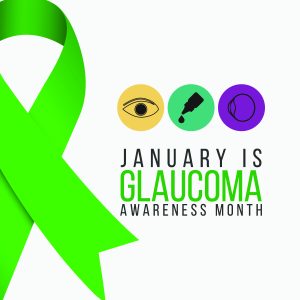
Age
Glaucoma is more common in adults over 60 and is a leading cause of blindness in this population. Being over 55 is one of the most significant risk factors for glaucoma. However, children and young adults may also develop this eye disease. Regular eye exams are the best way to diagnose glaucoma early because the most common form, open-angle glaucoma, doesn’t cause symptoms until vision is already permanently impaired. Open-angle glaucoma develops gradually and steals your peripheral (side) vision first. Acute angle-closure is another type of glaucoma, and this is considered a medical emergency because it causes severe eye pain, headache, vomiting or nausea and blurred vision.
Some signs of glaucoma in children include a dull or clouded eye appearance, blinking a lot, complaints of blurry vision, nearsightedness, headache and tears without crying.
Family History and Ethnicity
People of Black, Hispanic or Asian descent are more likely to develop glaucoma, but it is unknown why these ethnicities are at increased risk. If you have a family history of glaucoma, you are also more likely to have it. Make sure you talk with your older loved ones about their vision problems, so you’re aware of the link and can schedule eye exams to maintain healthy vision.
Medical Conditions and Eye Health
Diabetes can significantly increase the risk of glaucoma, but migraine disease, sickle cell anemia and high blood pressure also up your chances. People with thin corneal tissue in the center of the corneas or extreme farsightedness or nearsightedness are more vulnerable to glaucoma. Previous eye surgeries and trauma to the eye area may increase glaucoma risk. Some people may have a narrower drainage angle between the iris and cornea by nature, which may make them more susceptible to glaucoma.
Glaucoma treatments focus on preserving your remaining eyesight because no treatment or procedure can reverse the vision loss once it’s happened. Medications, laser treatments and surgeries for glaucoma can lower eye pressure to prevent or stop optic nerve damage. Even patients with the rarer type of glaucoma (normal-tension glaucoma) benefit from these treatments to reduce eye pressure and stop progression.
Schedule an eye exam at Optima to discuss your risk factors for glaucoma and other common eye conditions. Contact our Bay area locations at (877) 210-2020 or fill out our online contact form.